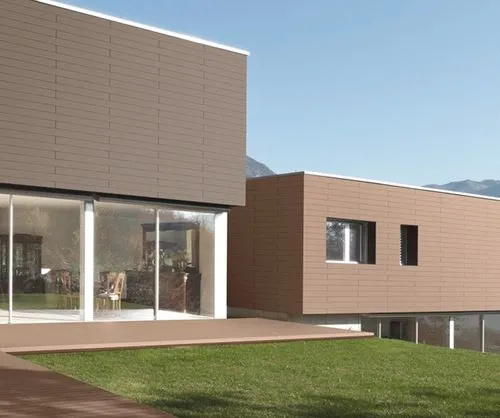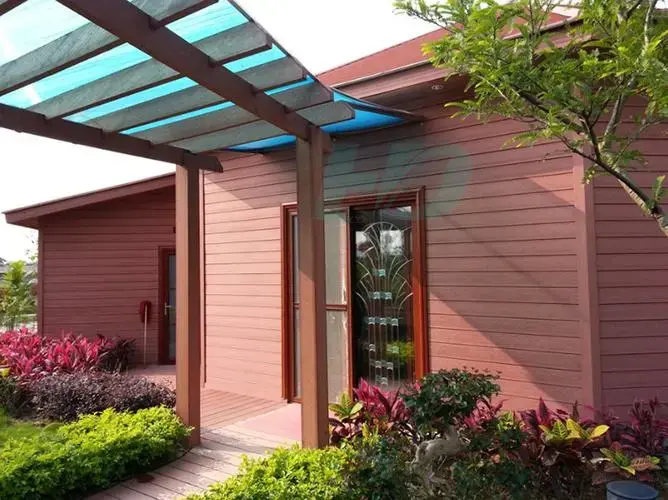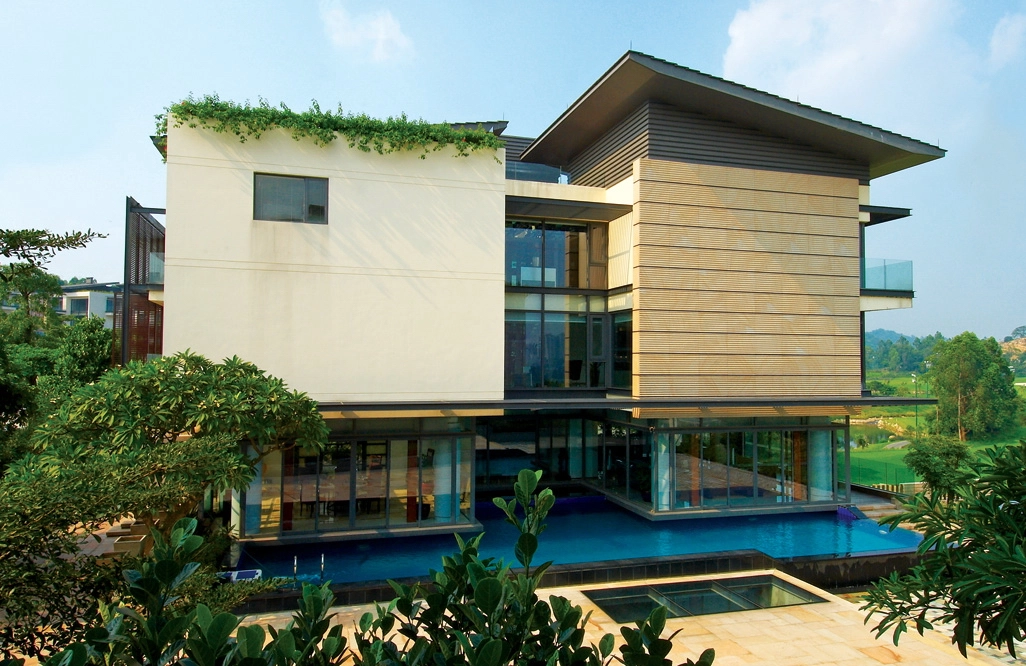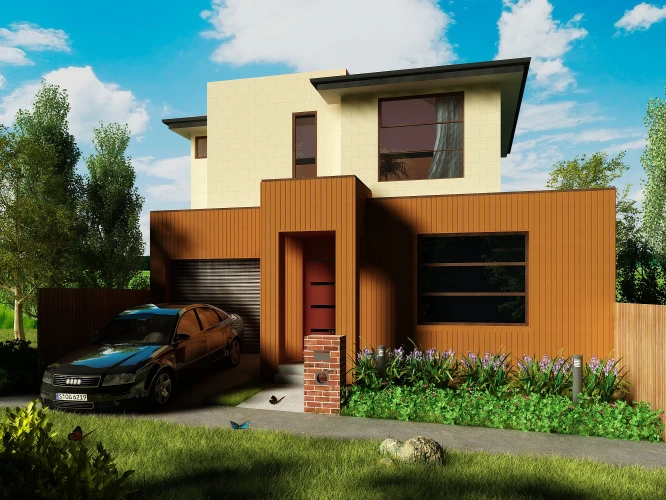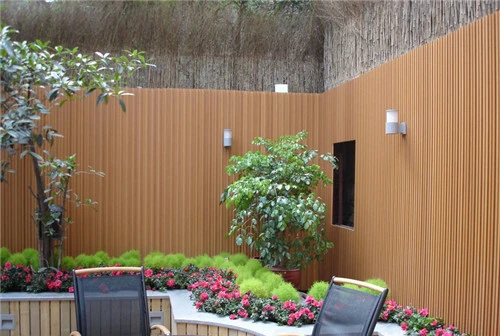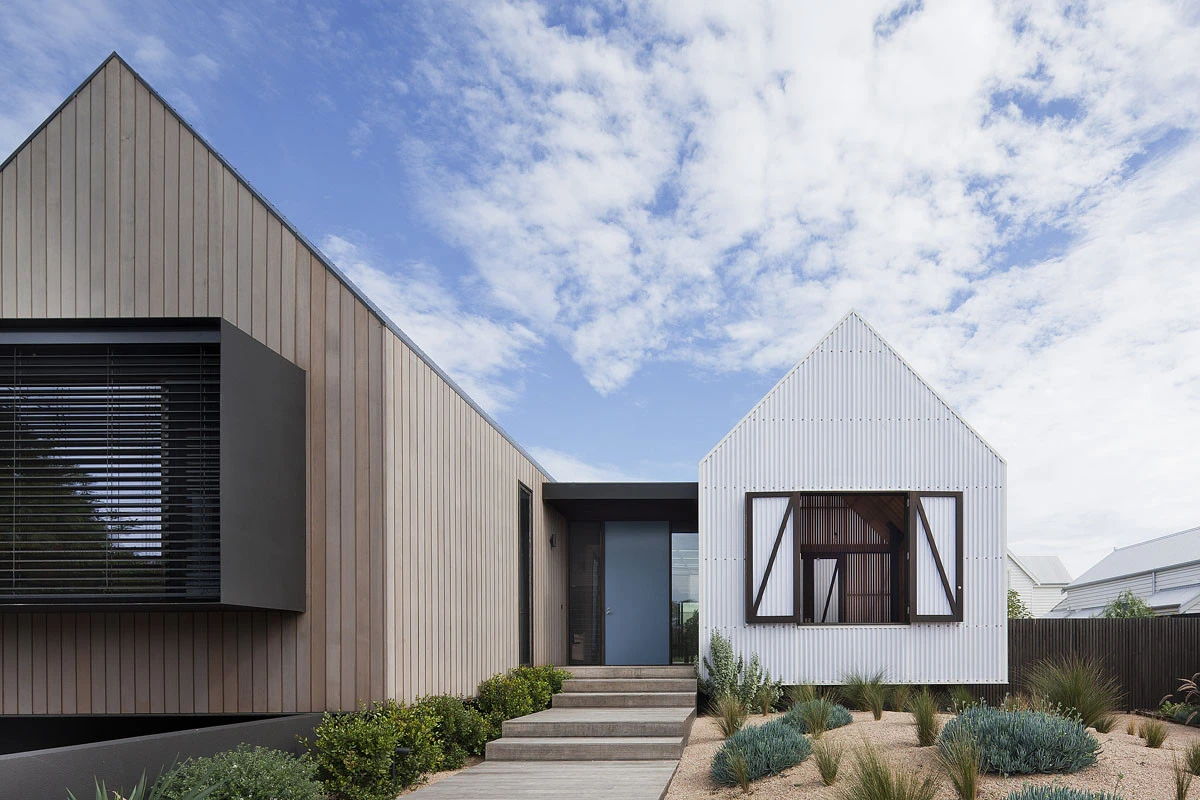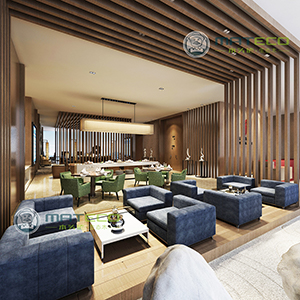The Differences Between Natural Wood And PE-based WPC
And PVC-based WPC Wall Cladding
Let's delve into the key differences between natural wood, PE-based WPC, and PVC-based WPC when it comes to wall cladding:
1. Durability & Maintenance:
Natural Wood: Susceptible to rot, insect damage, and UV degradation. Requires regular maintenance such as sealing, staining, or painting.
PVC-based WPC material: Even more resilient than PE-based WPC
2. Installation & Flexibility:
Natural Wood: Can be harder to install due to variations in plank dimensions and potential for warping.
PVC-based WPC material: Easier to install with uniform dimensions. Somewhat flexible, making it suitable for various designs.
3. Aesthetics:
Natural Wood: Provides a natural and classic aesthetic that's hard to replicate.
PVC-based WPC material: Comes in various colors and might mimic the look of natural wood,MATECO WPC wall cladding have natural and rich wood grain textures, and post-processing techniques like sanding, co-extrusion and embossing can create a more wood-like feeling.
4. Cost:
Natural Wood: Price can vary widely based on the type and treatment of the wood.
PVC-based WPC material: Generally more expensive than natural wood but can be cost-effective over time due to reduced maintenance.
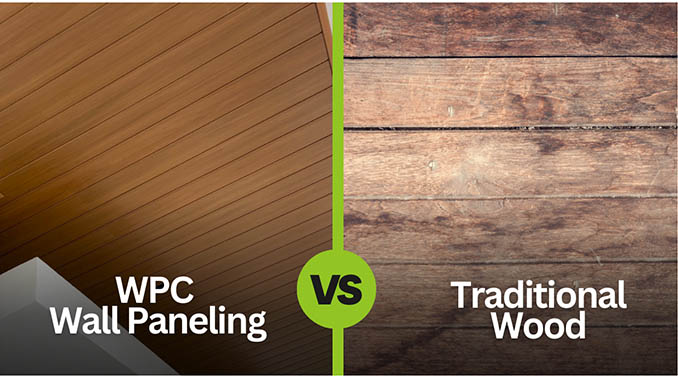
Compared with PE-based WPC wall cladding, what are the advantages of PVC?
1. Durability:
PE-based WPC material: Generally durable, resistant to moisture and insects, but less rigid compared to PVC-based WPC.
PVC-based WPC material: Typically more rigid and might have improved resistance to moisture and external factors. PVC WPC are also completely resistant to rot and insects.
2. Maintenance:
PE-based WPC material: May require minimal maintenance, like occasional cleaning. Less prone to staining compared to natural wood.
PVC-based WPC material: Almost maintenance-free. It can be easily cleaned, and it's highly resistant to staining and fading.
3. Flexibility & Rigidity:
PE-based WPC material: Tends to be more flexible, which might be useful for certain design elements.
PVC-based WPC material: More rigid, providing a sturdier feel.
4. Thermal Properties:
PVC-based WPC material: Generally has a more controlled or reduced rate of thermal expansion and contraction compared to PE-based WPC.
Tags: wpc wood, wpc boards, wpc wood panel, wpc wood slat panel, composite vs wood
| Characteristic | Wood | WPC (PE-based) | MATECO UV Armor (PVC-based) |
Weatherproof | No | High | High |
Easy to Install | Not Easy | Easy | Much easier |
Wood Texture | Great | Medium | Good |
UV Stability | Low | High | Very High |
Durability | Short time | Long time | Longer time (15-year warranty) |
Maintenance | High maintenance cost | Maintenance free | Maintenance free |
Eco-friendly | Low | 100% recyclable | 100% recyclable |
Mold Resistance | Low | Medium | High |
Cost | Very high | Medium | Medium |
Termite Resistance | No | High | High |
In conclusion, MATECO WPC product is your best choice, if you have any questions, please feel free to contact us.




